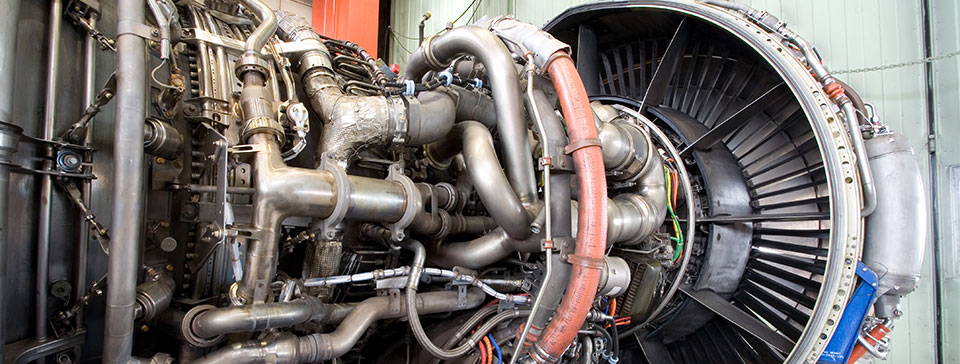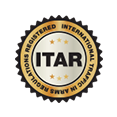
3D scanning has become increasingly more common and practical across a variety of industries. For that reason, Exact Metrology’s 3D scanning equipment, technology, and services continue to grow and provide comprehensive solutions for a variety of industries. Below, we explore a few of the most compelling examples of industrial 3D scanning’s tremendous effects on manufacturing and industrial advancements.
3D Scanning in Aerospace
One of the most popular uses of industrial 3D scanning can be found in the aerospace industry. In fact, aerospace has been a leader in metrology advancement via partnerships with metrology suppliers and internal developments of their own. These advancements have occurred in both metrology hardware and software technology.
In aerospace applications, 3D scanning is used in a wide range of capacities. It can be used for a localized piece, such as a singular bolt through the application of x-ray CT scanning. This process helps locate cracks and pores that could lead to damage or equipment failure. 3D scanning can also be used for full exterior scans of vehicles with the application of large volume terrestrial scanners. This process allows for development of a virtual model for digital aerodynamic testing.
Essentially, aerospace component parts can be digitized through the use of industrial 3D scanners, allowing for reverse engineering and development of new or retrofitted parts. The abilities have allowed for rapid advancements across the industry.
3D Scanning in the Medical Industry
Another realm that has found copious use for industrial 3D scanning is the medical industry. Particularly due to advancement of portable scanning technology, medical technicians are able to do more precise work, from better bed sore mitigation to perfect-fit prosthesis.
It works like this: Medical technicians scan part of the patient’s body for a variety of reasons, including locating bed sores and mapping body geometry. The former allows for obvious benefits in terms of addressing bed sores. The latter supports the manufacturing of perfect-fil prosthetics for amputees. Such advancements are not only impressive but they lead to better overall comfort and reduced injuries caused by poorly constructed and ill-fitted prosthetics.
3D scanning in the medical field also reduces conception to production lead times. With CT scanning, medical device developers and manufacturers can capture and yield data in single set ups and produce models and miniature precision components at increasingly rapid speeds.
3D Scanning in Automotive
Another industry that benefits greatly from 3D scanning is automotive, which relieves heavily on robotics for efficiency and safety throughout the manufacturing process. It is common for everything from component part production to full-body assemblies to occur via automated screen processes. This approach is so common mainly due to it increasing the ability to spot and address quality consistency fluctuations throughout and at the end of the vehicle assembly process.
In addition to using scanning technology for the production of vehicles, it is also used in aftermarket automotive production too. Most car manufacturers are reluctant to make their digital data available to outside producers, so the production of replacement parts, such as bumpers and spoilers, often relies on 3D scanning for the original production. For example, when designing and manufacturing a bumper for a particular car, a 3D scan can capture the mount points and clearance areas to ensure the bumper will perfectly fit.
3D Scanning in Art
And now for something a little different. 3D scanning is also used in the art world. When we say “art,” we are referring to things like sculpture, film, video games, architecture, preservation of historical artifacts, and more.
Currently, historical monuments throughout the world are being preserved by archeologists with the use of 3D scanners to capture their structures and preserve them in the digital space. One such prevalent example is the Notre Dame cathedral in Paris, which was damaged by a fire in 2019 and has been significantly restored due in large part to the existence of 3D maps and data of the cathedral’s structure that had been captured prior to the devastation.
3D scanning also comes into play in digital effects studios that use large-scale terrestrial scanners to map entire cities and merge those maps with CGI for use in immersive media such as video games. Then, portable metrology technology can capture full color data and map it onto the 3D digital data, thereby providing hyper-realistic representations for a variety of immersive experiences.
Exact Metrology Can Meet Your Industrial 3D Scanning Needs
The possibilities for 3D scanning on an industrial scale are virtually endless. What we’ve described here is just a glimpse into this technology’s expansive opportunities for advancement and preservation. Contact Exact Metrology today to discuss how industrial 3D scanning can move your manufacturing into the 21st century.





